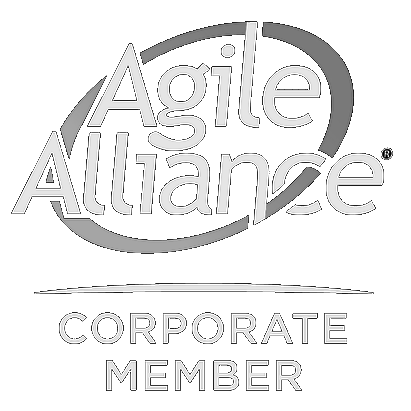Improve Kanban Collaboratively, Evolve Kanban Experimentally
A Kanban team needs to build a self-diagnostics, self-learning, and self-improvement culture based on true collaboration and openminded experimentation.
Addressing impediments for a Kanban team is not an exceptional state of work. Kanban doesn't treat errors as ill exceptions that shouldn't have happened in the first place. Errors are accepted part of daily practice to contribute to the continuous learning and improvement journey of your Kanban organization and your overall enterprise. A Kanban team multiplies the effects of these solutions for the problems it solves, by making them transparent, available, and easily accessible within the entire Kanban organization.
Instead of finger-pointing, accusing, and humiliating the ones who create problems, a Kanban team values actions to make impediments visible. Team members encourage organizational learnings from errors and inefficiencies, so everyone in the Kanban company can also discover and benefit from these obstacles, resolutions, and knowhow.
When members of a Kanban company feel safe about providing particulars about their errors, they willingly go the extra distance and spend a lot of drive to make sure that a comparable problem will not occur again in their work center and other work centers of their value stream. If engineers are penalized or even if they perceive that they are penalized when they make mistakes, then they will be worried about making mistakes. The end effect will be:
- They perform less activity to make fewer mistakes.
- They are not open about their work, difficulties, and results.
- They are not incentivized to transform resolutions of difficulties into organizational learning.
- It is guaranteed that the identical or related problem will repeatedly occur because nobody ever uses time and drive to learn, distribute, and inform about issues and their resolutions and make them visible.
It is essential that Kanban team members and their respective business stakeholders involved in an incident completely accept this "No blame, We are here to learn model".
Many organizations maintain considerable trouble to create such safe working environments. The FAA, for instance, has an Aviation Safety Reporting System, how pilots who make "mistakes" can get protection from regulative penalty if they choose to record those incidents on their own. Your Kanban organization should build such mechanisms to develop a transparent work and error culture.
Evolve Your Kanban Process and Business Result Experimentally
Before a Kanban team builds a complete product and shares its best practices towards the rest of the overall Kanban organization, Kanban team members should ask: "Why should I make this?", "Is this deserving my time and resources?”. You need to create and run the fastest and cheapest trials reasonable to verify if your ideas to improve processes, products, and features meet your expected business outcomes.
Instead of solely relying on your stomach and the best practices you and your Kanban team have been acquiring and monitoring so far, the focus must be getting actual people in the actual world to perform in your experiments.
Kanban project managers and their business stakeholders should see their product and feature ideas as well as their plans to improve their use of the Kanban process as hypotheses to be validated.
These hypotheses can be comprehensively planned, developed, and delivered only after they are rationally proven to be good ideas and business cases.
Share It With Your Colleagues and Friends to Help Them Learn:
Improve Kanban Collaboratively, Evolve Kanban Experimentally
|
|

|

|

|

|
|
 SCRUM INSTITUTE™
SCRUM INSTITUTE™





